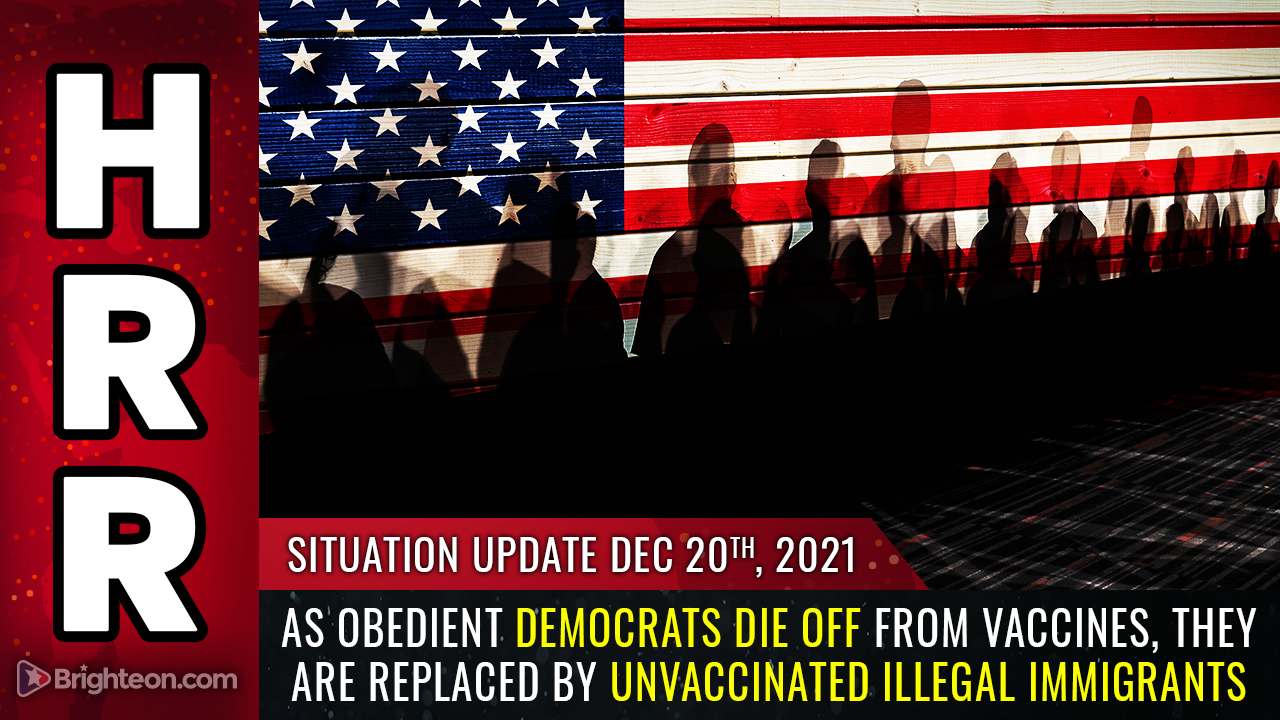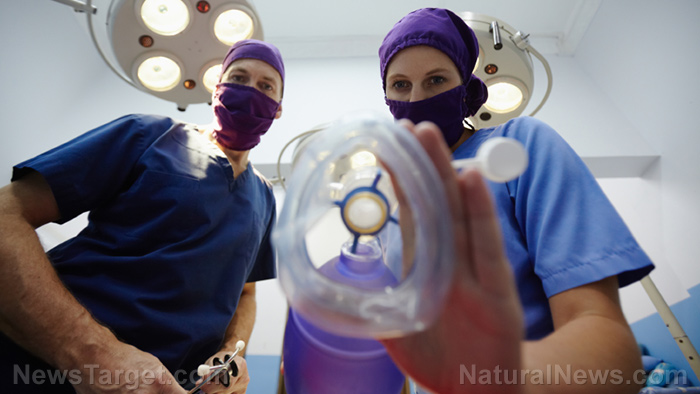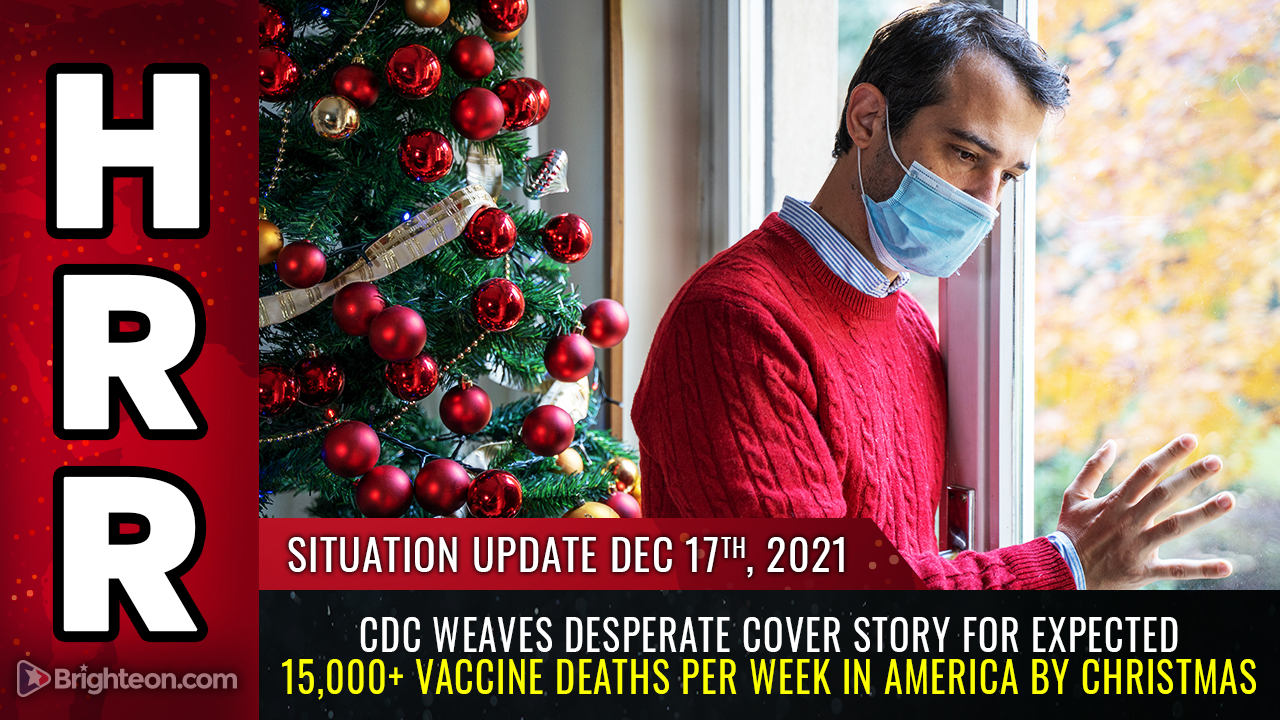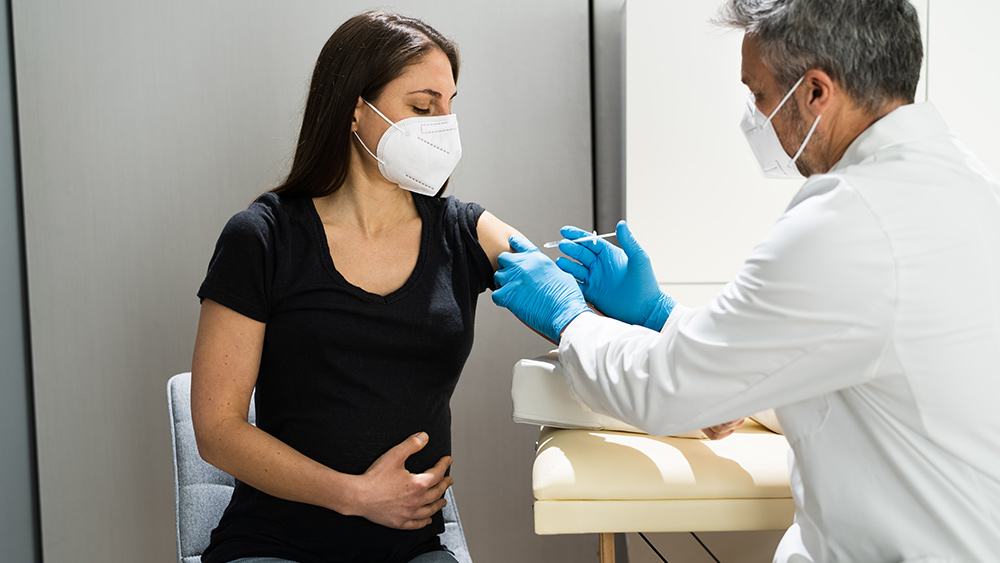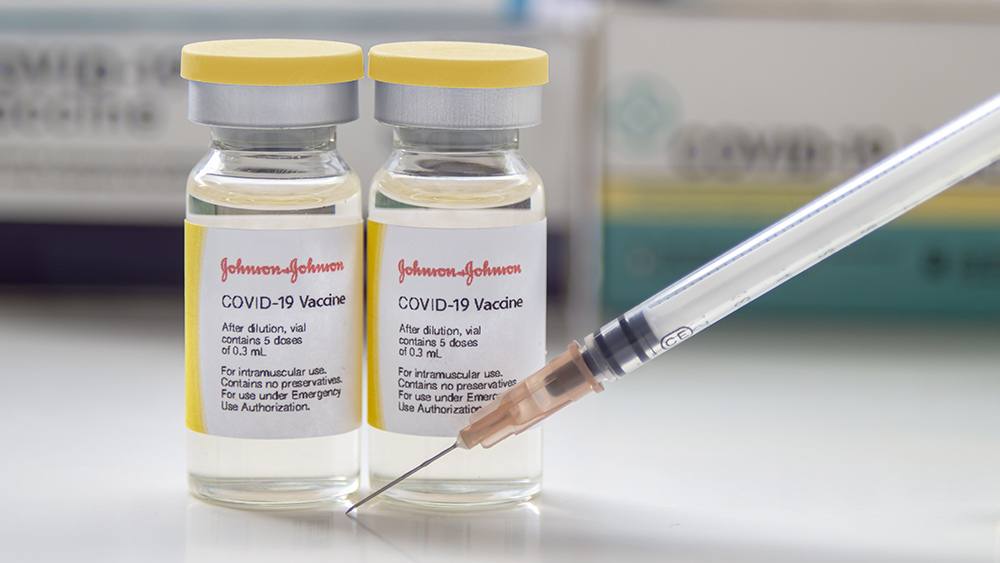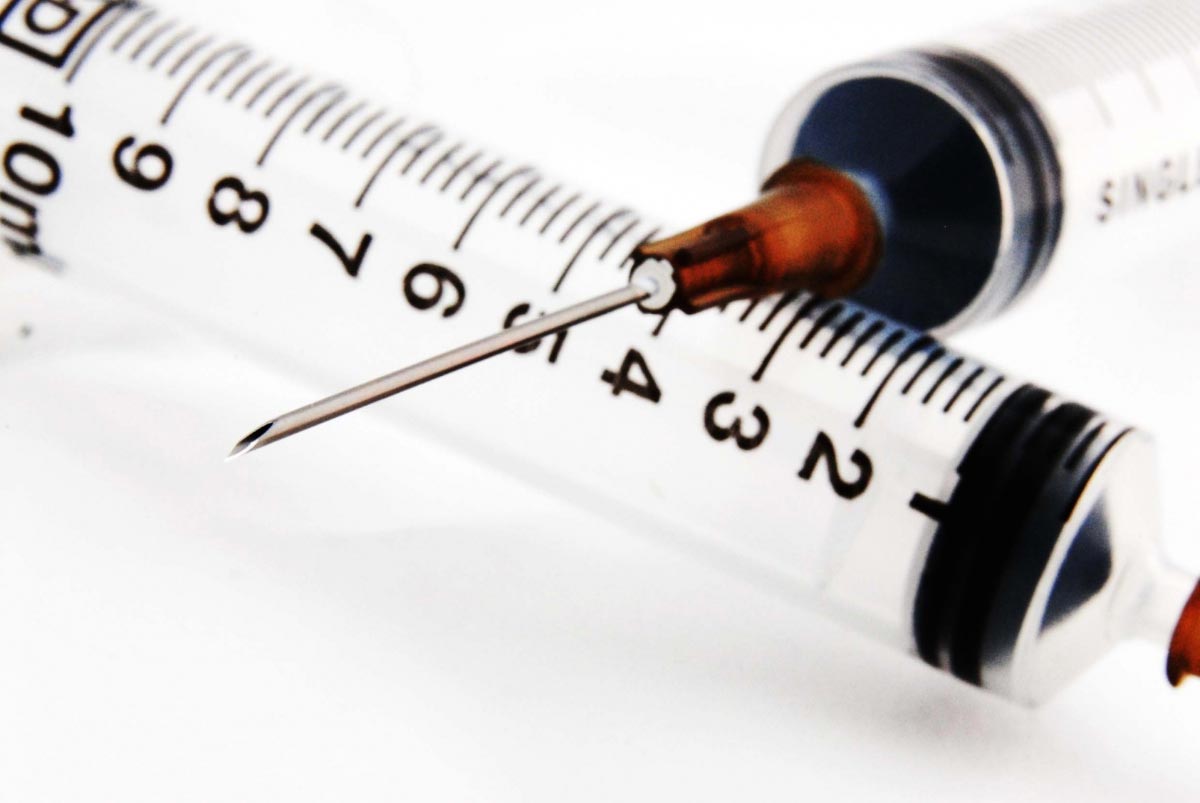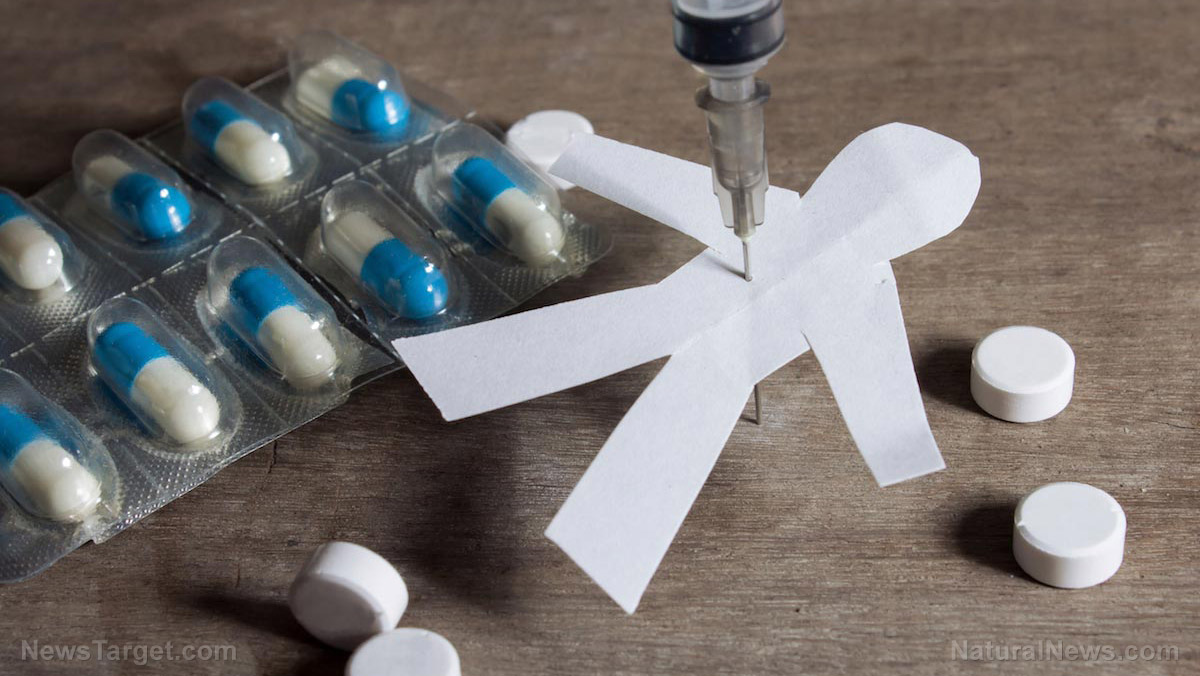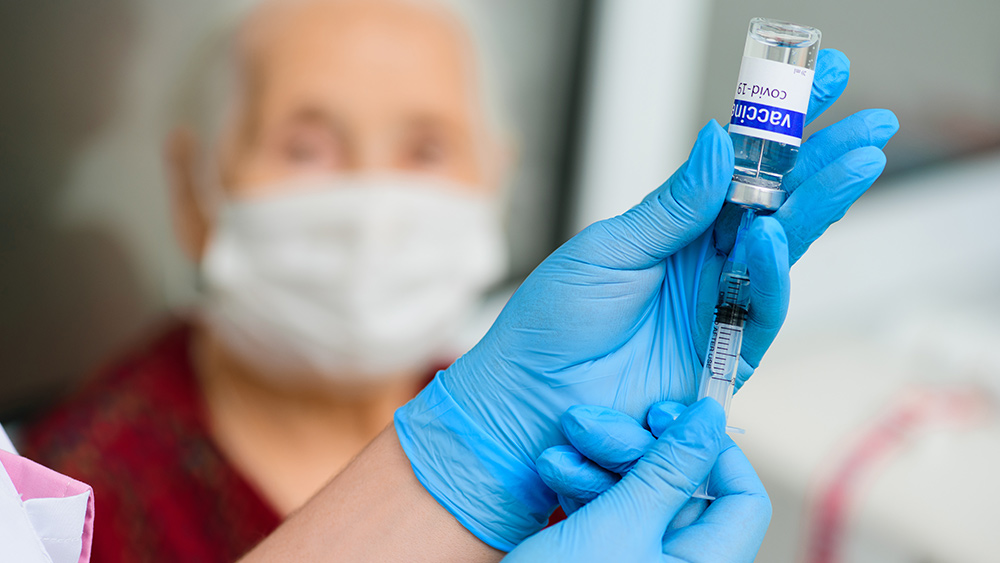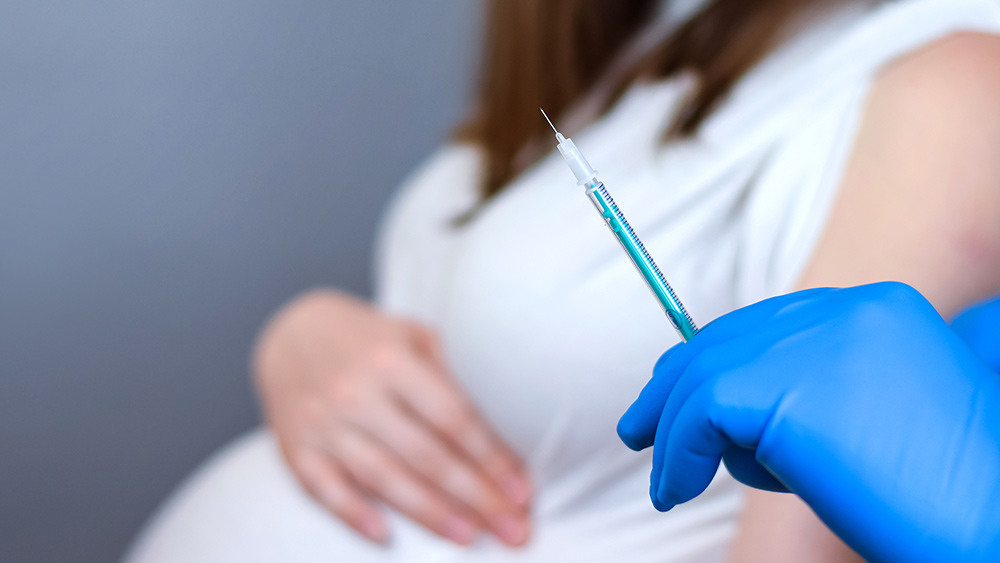NY health department requires nursing home staff and residents to sign paperwork if they decline the coronavirus vaccine
04/26/2021 / By Nolan Barton

The New York State Department of Health issued new guidance on April 15 that requires nursing homes to offer “an opportunity to receive” the Wuhan coronavirus (COVID-19) jab to all consenting residents and staff by April 29, and within two weeks of a new hire or a new admission.
Those turning down the offer will need to sign paperwork acknowledging that they are begging off. Facilities that don’t comply with the new rules may be penalized by as much as $2,000 per violation.
The new guideline has been viewed by critics as the state health department’s way of putting more pressure on the facilities to bridge the gap between vaccinated and unvaccinated staff as nearly half of New York’s nursing home workers haven’t gotten the COVID-19 vaccine.
This has been an ongoing trend among health workers since the early stages of the country’s vaccination drive. The Los Angeles Times reported on December 31 last year that many health workers in California were refusing to take COVID-19 vaccine – with over half of frontline workers at one hospital unwilling to take it. At St. Elizabeth Community Hospital in Tehama County, fewer than half of the 700 hospital workers eligible for the vaccine were willing to take the shot when it was first offered.
COVID-19 vaccination demand tapers off nationwide
The demand for vaccinations has tapered off nationwide with more states reporting growing stockpiles of unused jabs. As many as one in three doses are unused in some states. Appointments for shots often go untaken, with few people signing up.
Bloomberg analyzed state and federal data from April 12. This provided a snapshot of vaccine use before Johnson & Johnson shelved millions of shots pending federal health officials’ investigation into rare cases of blood clots. Bloomberg calculated rates of unused doses using one-week averages, which are less volatile than day-over-day numbers.
Over the week ending just before April 12, West Virginia failed to use 26 percent of its COVID-19 vaccine supply for a daily average of 352,000 unused doses.
The state has been lauded for its rollout of shots early on, using all but a tiny percentage of its supply up until mid-February. Early in the vaccine drive, West Virginia focused on its older population and has now shifted to those in their teens to mid-30s, where most new COVID-19 cases are turning up, said Clay Marsh, the state’s COVID-19 czar.
“We’re seeing more incidents of more people needing more convincing or needing more time to make their decision,” he said. ?????? “We’re right on that interface of having more vaccine than arms to put them in.” (Related: Biden launches $10M ad campaign to push coronavirus vaccine propaganda, alongside confusing mask contest.)
Some states don’t control all of the distribution inside their own borders. Mississippi claimed that it has used 77 percent of the doses it had requested. But according to Bloomberg‘s analysis, only 65 percent of doses in the state have been used after counting the doses sent directly by the federal government to pharmacies and other locations in the state.
The worst-performing quartile of states holds 14.1 million unused doses, representing 31 percent of doses delivered in those states. In the best-performing quartile of states, only 11 percent of doses were unused.
Bloomberg‘s analysis also shows that the number of people getting shots in a particular state differs sharply from city to city. In Virginia, for example, there is a glaring difference in the respective vaccination drives of Charlottesville and Lynchburg.
In Charlottesville, a mostly Democratic area, vaccine appointments are tough to snag even with two mass clinics right in town. In Lynchburg, 70 miles south and dominated by conservatives, open appointments are easy to find.
Disparity in demand leads to in-state vaccine tourism
Bloomberg reported that the disparity has led to in-state vaccine tourism where residents in northern Virginia flock south to snap up shots that would otherwise go unused. The wide availability of vaccines also signals that areas like Lynchburg may be running out of residents willing to get vaccinated.
“Virginia is sort of a microcosm of the country,” said Costi Sifri, director of epidemiology at UVA Health in Charlottesville. “We’re going to have this same type of challenge played out in every state in the country. How do we close the vaccine gaps that are going to occur geographically?”
About 45 percent of Charlottesville’s 47,200 residents have received at least one dose, according to Virginia Department of Health data. The Blue Ridge Health District, which includes Charlottesville, had to restrict access as COVID-19 vaccine demand remained high.
In Lynchburg, only about 29 percent of the city’s 82,000 residents have received at least one dose, according to health department data. If it were a state, Lynchburg’s vaccine rate would rank near the bottom, just above Alabama and Mississippi.
“At first we didn’t have enough vaccine, and now that we have a pretty good supply, the demand isn’t there,” said Kerry Gateley, health director for the Central Virginia Health District where Lynchburg falls under.
Federal officials are in the early stages of rethinking distribution. Vaccines have so far been doled out based on population.
“We’re going to go through stages, as we vaccinate higher and higher portions of populations, where it will make sense for us to continue to watch where vaccines are needed, how vaccines are distributed, the best way to reach more people,” said Andy Slavitt, senior adviser for the White House’s COVID Response team.
According to the latest numbers from Bloomberg, 195 million doses have been distributed in the U.S. The country’s vaccination rate is 3,346,301 doses per day, on average. At this pace, it will take another three months to cover 75 percent of the U.S. population.
Follow Immunization.news for more news and information related to coronavirus vaccines.
Sources include:
Tagged Under: bad medicine, Big Pharma, coronavirus, COVID response team, covid-19, COVID-19 czar, COVID-19 vaccine, health workers, nursing homes, pandemic, vaccination drive, vaccine tourism, vaccine wars, vaccines, White House
RECENT NEWS & ARTICLES
VaccineDamage.News is a fact-based public education website published by Vaccine Damage News Features, LLC.
All content copyright © 2018 by Vaccine Damage News Features, LLC.
Contact Us with Tips or Corrections
All trademarks, registered trademarks and servicemarks mentioned on this site are the property of their respective owners.

